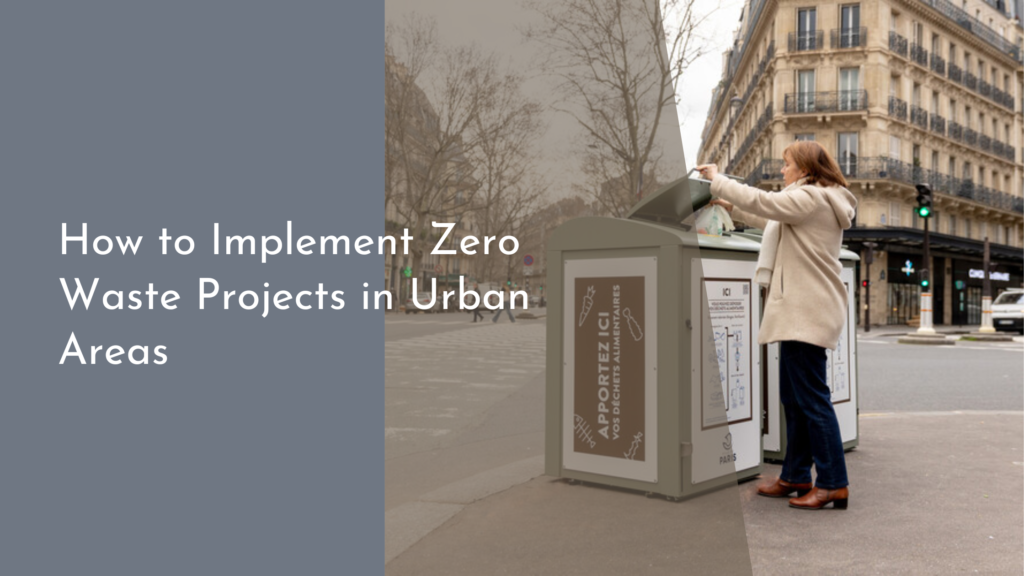Rainwater Recycling in Textile and Dyeing Industries
In recent years, the textile and dyeing industries have come under scrutiny for their significant water consumption and pollution. With an increasing global focus on sustainability, these industries are now exploring innovative solutions to reduce their environmental impact. One of the most promising strategies is rainwater recycling, which not only addresses water scarcity but also fosters eco-friendly practices in production. As industries strive for greener operations, rainwater harvesting is emerging as a key player in transforming traditional processes into sustainable systems.
Rainwater recycling not only helps conserve precious freshwater resources but also reduces operational costs associated with water sourcing and treatment. By harnessing the natural resource of rain, textile manufacturers can mitigate their reliance on municipal water supplies, thereby contributing to a more sustainable future. This article delves into the bright prospects of rainwater recycling in textiles, showcasing how this practice is reshaping the dyeing industry and leading to a more sustainable fashion landscape.
The Bright Future of Rainwater Recycling in Textiles
As the climate crisis intensifies, the textile industry is increasingly recognizing the need to adopt water-saving technologies. Rainwater recycling offers a solution that aligns with the industry’s goal of minimizing environmental footprints. By collecting and storing rainwater, companies can ensure a consistent water supply for their operations, particularly in regions prone to drought. This proactive approach not only fosters resilience against climate variability but also enhances operational efficiency.
Moreover, advancements in technology are making rainwater harvesting systems more accessible and affordable for textile manufacturers of all sizes. Implementing these systems can vary from simple rain barrels to sophisticated filtration and storage setups. With various financial incentives and government programs supporting sustainable practices, the outlook for rainwater recycling in textiles is brighter than ever. This shift is not just about compliance; it’s about embracing a new paradigm of sustainability that can redefine the industry.
Transforming Dyeing Processes with Sustainable Water Solutions
Dyeing is one of the most water-intensive processes in textile manufacturing, consuming vast amounts of water and generating hazardous waste. Rainwater recycling can revolutionize dyeing methodologies by providing a sustainable water source that reduces the need for freshwater. This transformation can lead to a significant decrease in water usage, lowering the overall environmental impact of dyeing operations. By integrating rainwater into the dyeing process, manufacturers can also explore new dyeing techniques that further minimize water consumption and waste.
Additionally, using rainwater can enhance the quality of dyeing processes. Rainwater is typically softer than municipal water, which can contain minerals that affect dye absorption. This characteristic allows for more vibrant colors and improved fabric quality, appealing to environmentally-conscious consumers who value both sustainability and quality. As the industry embraces these sustainable water solutions, we can expect to see a new wave of innovative dyeing practices that prioritize eco-friendliness without compromising on aesthetics.
Benefits of Rainwater Harvesting in Fashion Industries
The benefits of rainwater harvesting extend beyond just water conservation; they encompass economic, environmental, and social advantages. For fashion industries, one of the most immediate financial benefits is the reduction in water bills. By utilizing harvested rainwater, companies can drastically lower their expenses while simultaneously investing in sustainable infrastructure. This cost-saving aspect is particularly appealing to small and medium-sized enterprises (SMEs) looking to innovate without a hefty price tag.
Moreover, adopting rainwater harvesting contributes to a brand’s sustainability credentials, fostering a positive public image. As consumers become increasingly conscious of their purchasing decisions, brands that prioritize eco-friendly practices can gain a competitive edge. Companies demonstrating a commitment to sustainability through rainwater recycling can attract a loyal customer base and strengthen their market position. This holistic approach to sustainability not only benefits the environment but also boosts business viability in a rapidly evolving fashion landscape.
How to Implement Rainwater Systems for Eco-Friendly Dyeing
Implementing a rainwater harvesting system for dyeing operations begins with careful planning and assessment of the specific needs and resources available to a company. The first step involves selecting an appropriate catchment area, such as rooftops, to maximize rainwater collection. Next, companies should install filtration systems to ensure that the collected rainwater is clean and suitable for use in dyeing processes. This initial investment can be complemented by grants or subsidies available for businesses engaging in sustainable practices.
Once the system is in place, training employees on how to manage and maintain the infrastructure is crucial for long-term success. Regular maintenance ensures that the rainwater harvesting system operates efficiently, providing a reliable and sustainable source of water. Additionally, monitoring water quality and dyeing outcomes will help companies adjust their processes for optimal results. By actively engaging in rainwater recycling, textile manufacturers can lead the way toward a more sustainable future, demonstrating that eco-friendly practices can be seamlessly integrated into traditional industries.
Rainwater recycling is not just a passing trend; it represents a vital shift towards sustainability in the textile and dyeing industries. By adopting innovative water solutions, companies can reduce their environmental impact while also enhancing their operational efficiency. As the industry continues to evolve, embracing practices like rainwater harvesting will be essential in creating a vibrant, sustainable future for fashion. The time to act is now, and with the right strategies in place, the textile industry can lead the charge in the movement toward a more eco-conscious world.

